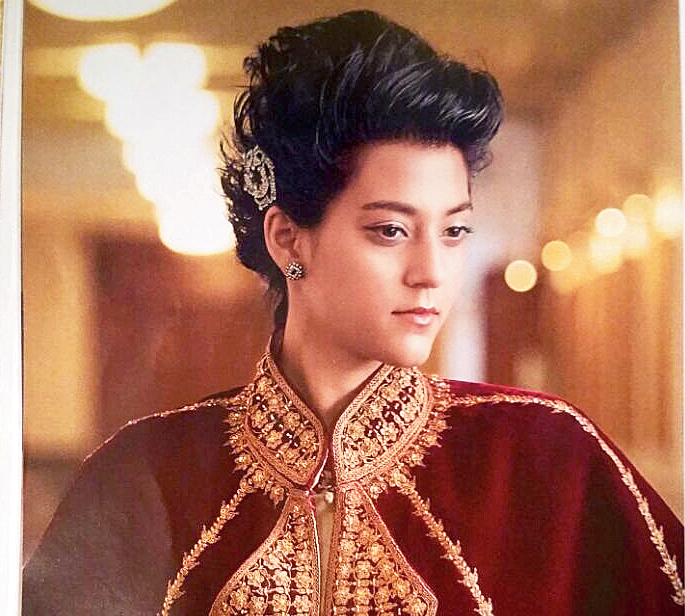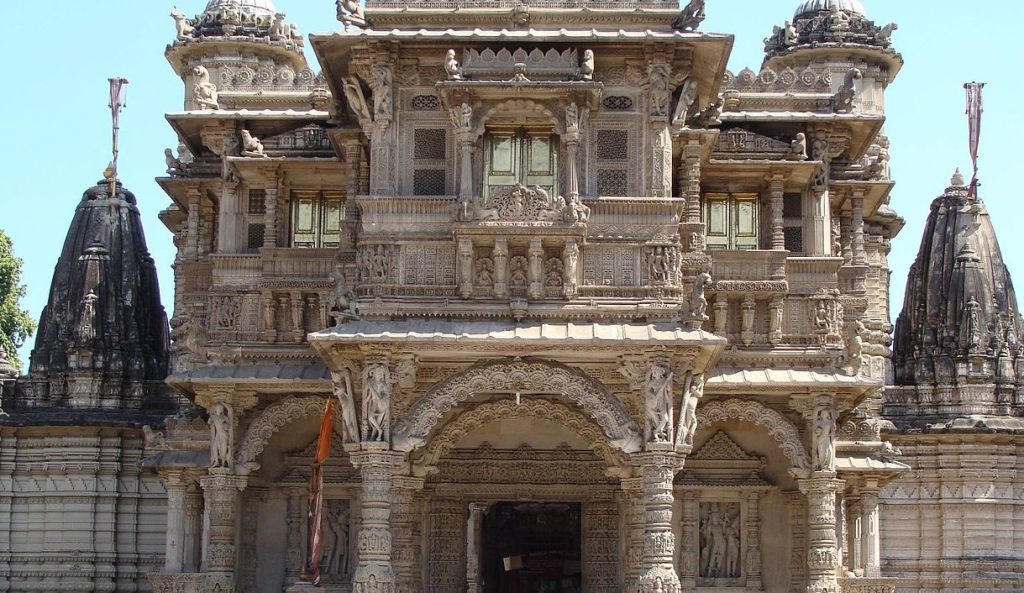You know, there’s an exciting story, not a story but a fact the people of India and the world should know. The three important cities of art, architecture, and design were not built by emperors or kings but by their people, and the two towns of these are very well known. Which two cities do you put on top regarding art, design, culture, and architecture? Umang Hutheesing, the founder and president of the Hutheesing Heritage Foundation, starts the second part of the conversation with Nidheesh Tyagi in Samvaad, Abir Pothi’s platform for thought-provoking discussions, providing readers with an exclusive glimpse into the creative processes, inspirations, and experiences of creative individuals.
Florence, Venice, and Ahmedabad are the three cities in the world which are not made by any Monarch. And do you know what is familiar in these three cities? Neither Venice had a king, merchants governed it, Florence never had a king, the Medicis were a trading family, and Ahmedabad did not have a king. It was the Mahajans of Ahmedabad who ruled and governed it. So, the merchants of Venice, the Medici of Florence, and the Mahajans of Ahmedabad built the important UNESCO world heritage cities known for art, design, and culture. The backbone of this was that they were trained in textiles and jewelry. The resources came intact because they were community-led and driven. It did not go to enrich the king’s treasury; it improved the city, its institutions, and art. That tradition continues; therefore, Ahmedabad today is India’s first UNESCO-declared world heritage city, said Umang Hutheesing.
One of the symbols of the UNESCO heritage city Ahmedabad is the Hutheesing temple, which was built during this time frame with refugees. They started a design company from scratch that executed those things in 1881. In 1900, when Paris hosted the World Expo, we were still under British rule; we won nine gold medals as the finest design firm in the world.

Sourced by The Telegraph
As we are growing up, we learn that parents and grandparents tell stories about each item, various stories, why it is necessary, why we preserve, you know when your responsibilities come before you.
This does not belong to me, and this belongs to the future generations to come. So, for example, whatever we have at the back behind me is a beautifully carved piece, and it was shown at the Paris expo and even at the Chatrapati Sivaji Museum, got many world views. I am sitting in my office where the five generations of Hutheesing worked on the table, not the chair, because the chairs have been changed. But, same desk, same office, same studios, same space. Not only the architecture but also the design.
It was crucial to have a global perspective. We have an Indian heart but a global vision. And that must continue; that was the part of our education. Grandparents, even in the 1920s, the women of our families went to Oxford Harvard, and one of my grandfather’s sisters did a PhD in social psychology from Zurich University in 1922. This was the time when communication was started, books were being printed with colour, and there was a new movement of global integration. The first integration was the silk route, where they sent silk from China to Venice to make velvets. And those velvets were used by the Ottoman empires and the Mughal kings. That was international trade and design. It became even more powerful in the 19th century during the Industrial Revolution.

Sourced by The Telegraph
Ahmedabad became the Manchester of the East. And with that level of exposure and movement of looking forward to creating industrial wealth. Also came creating new experiences in art and design. Industrial products were also designed.
Feature Image: The front façade of the gateway porch of Hutheesing Jain Temple was constructed in 1848 by the Hutheesing family. The temple blends the old Maru-Gurjara temple architecture style with new architectural elements of haveli. The temple was built during a severe famine in Gujarat. Building the temple employed hundreds of skilled artisans who supported them for two years. A Hutheesing family trust manages the temple. | Wiki
The World-Renowned Legacy of Ahmedabad City in Art, Architecture, Design and Craft






